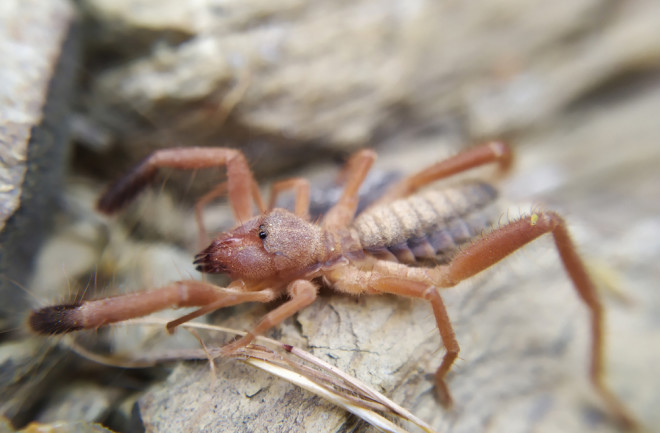The camel spider, also recognized as a sun spider and wind scorpion, is one of the most unique arachnids of all time and holds captivating secrets — like the fact that it isn't even a spider, for one.
The spine-chilling legends of the camel spider are so nightmarish that the faint of heart may want to hit the back button and take a coffee break immediately — because we’re about to dive into some of the goriest spider tales you’ve ever heard.
Crazy Myths About Camel Spiders
The stories we’re about to share aren’t exactly true, but some of them are based on enough truth to scare the living daylights out of you. Prepare yourself as we explore the worst of these myths.
According to legend, the Middle Eastern camel spider is the most enormous spider you’ve ever seen. Stories tell of these spiders growing up to half the size of a human, hunting, and killing large prey — even going after humans and camels.

